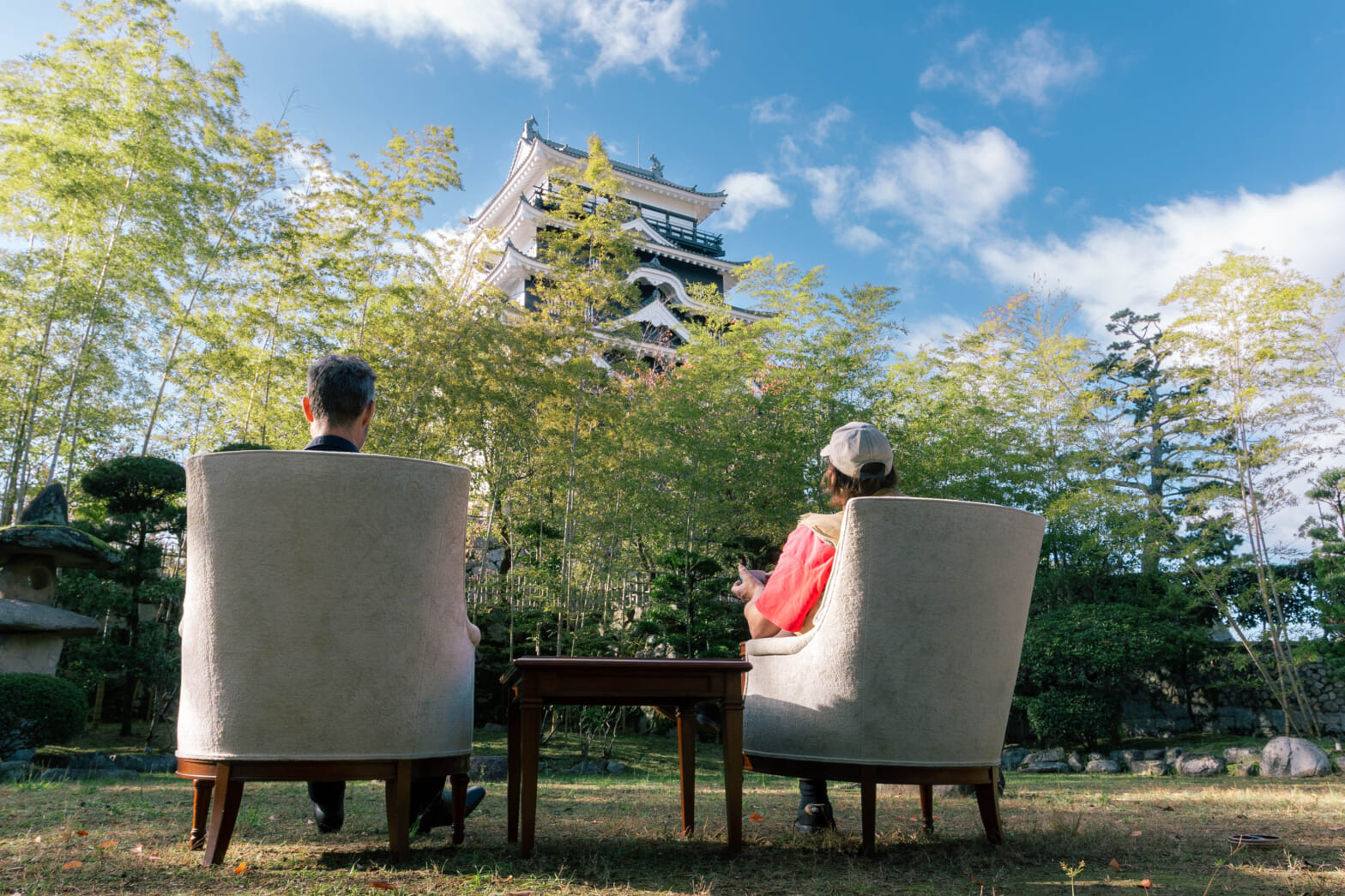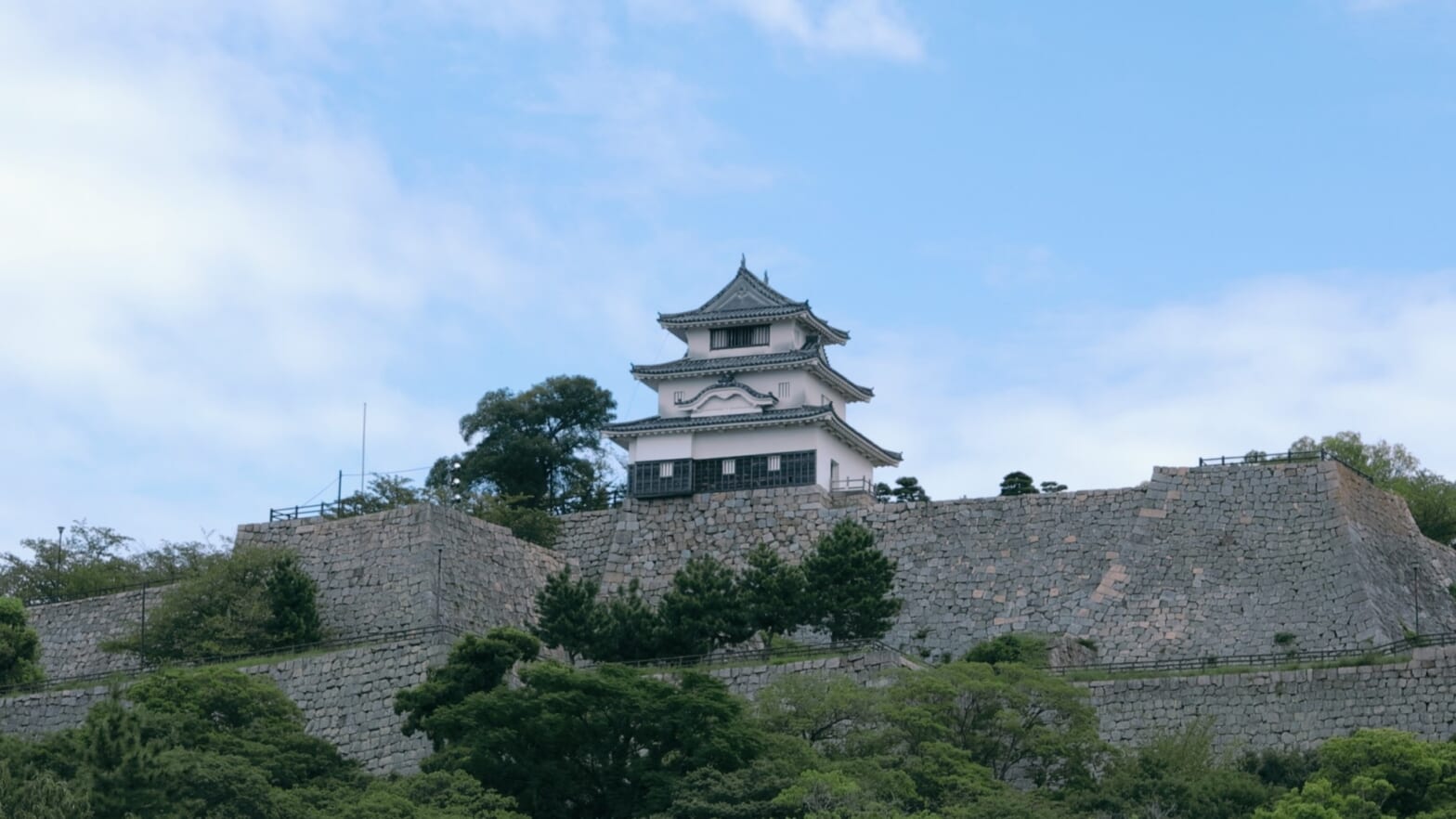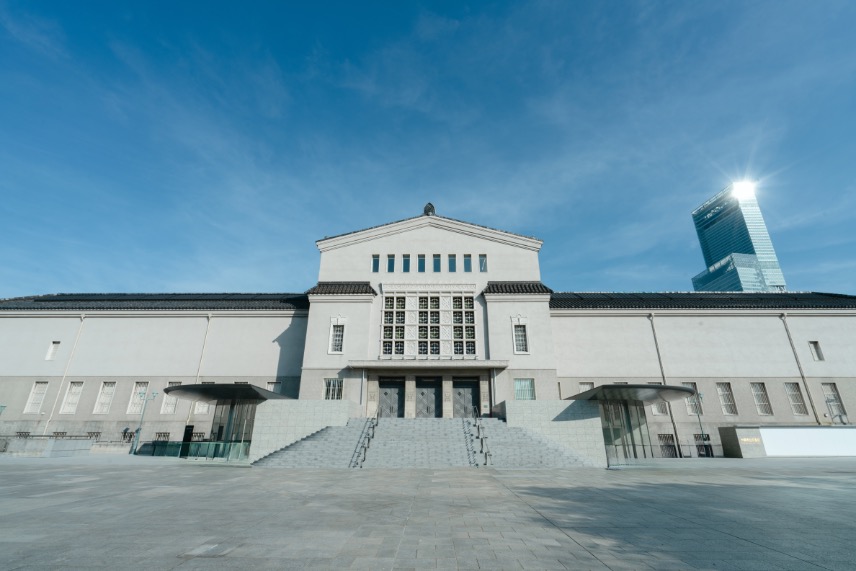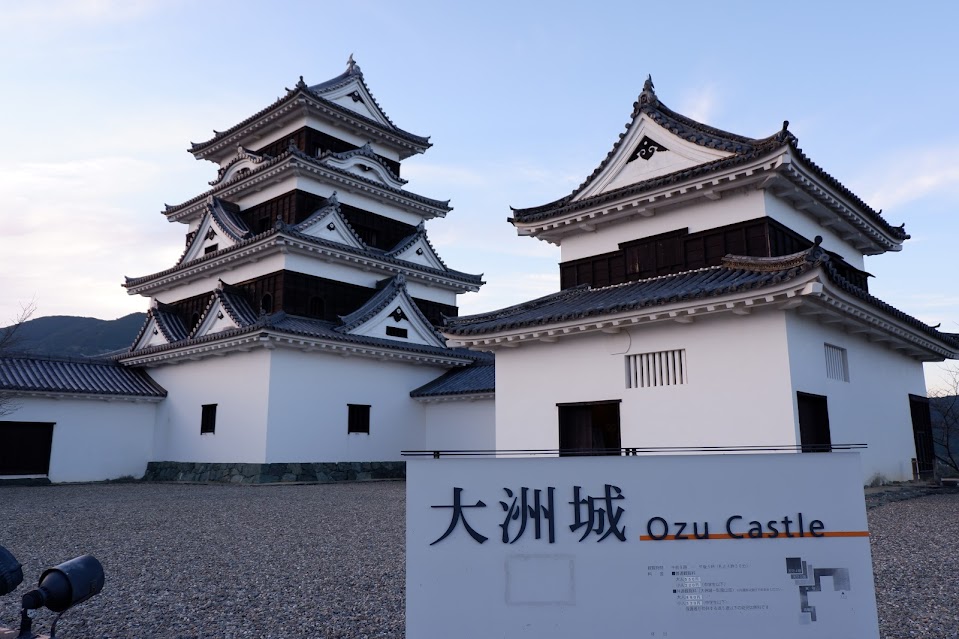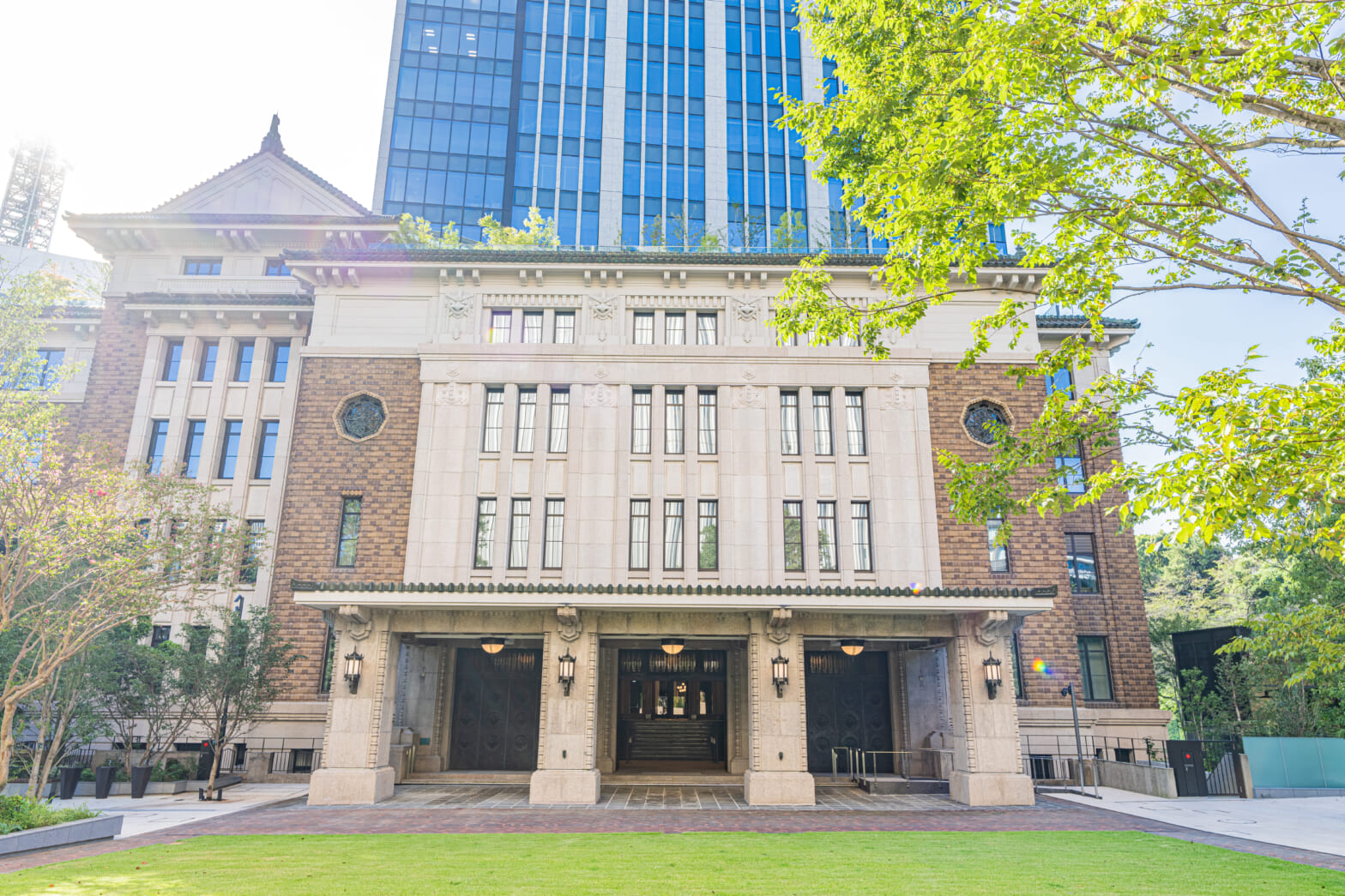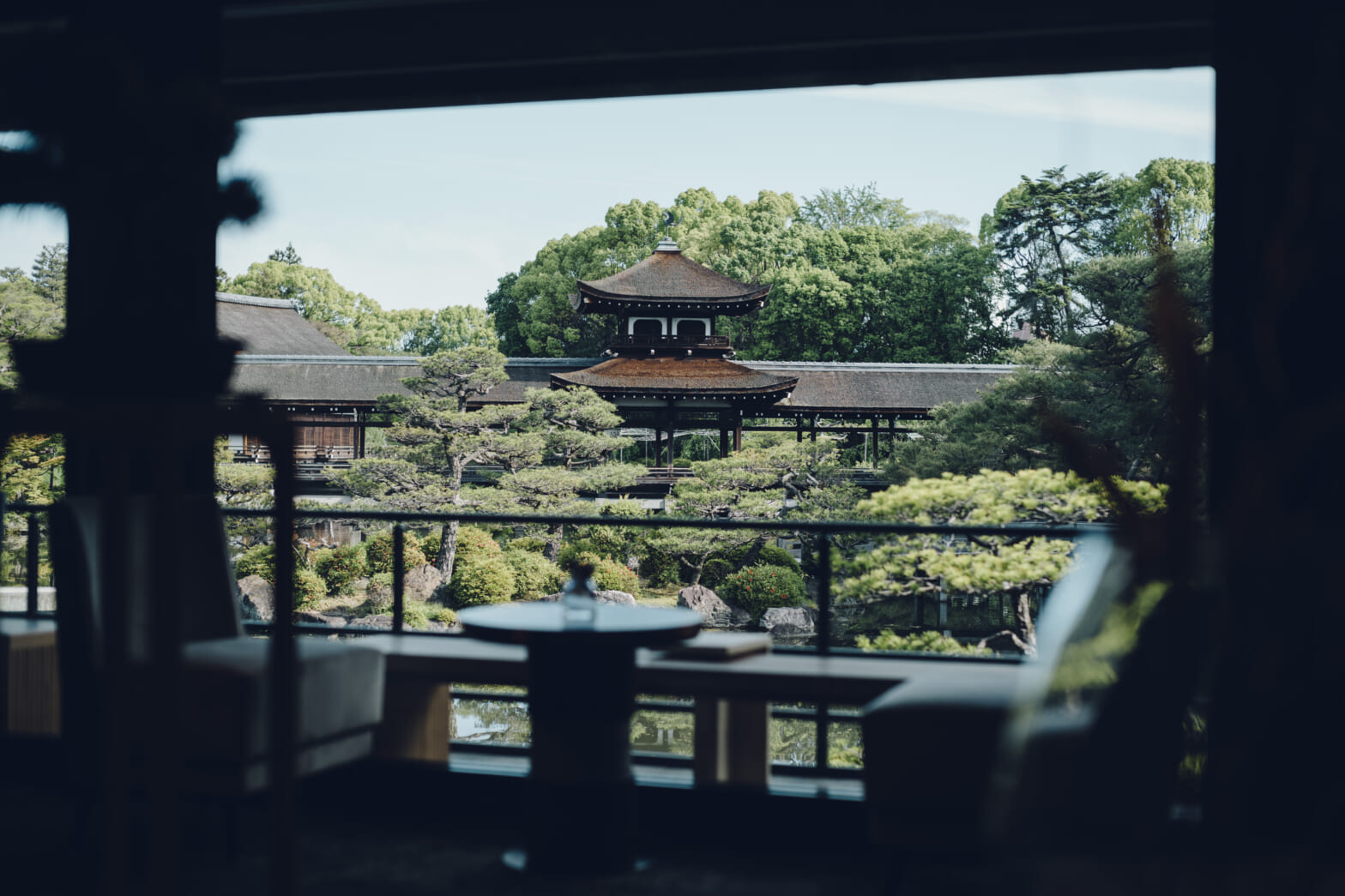New Utilization Methods Contributing to the Preservation of Historic Buildings
2025.7.3
column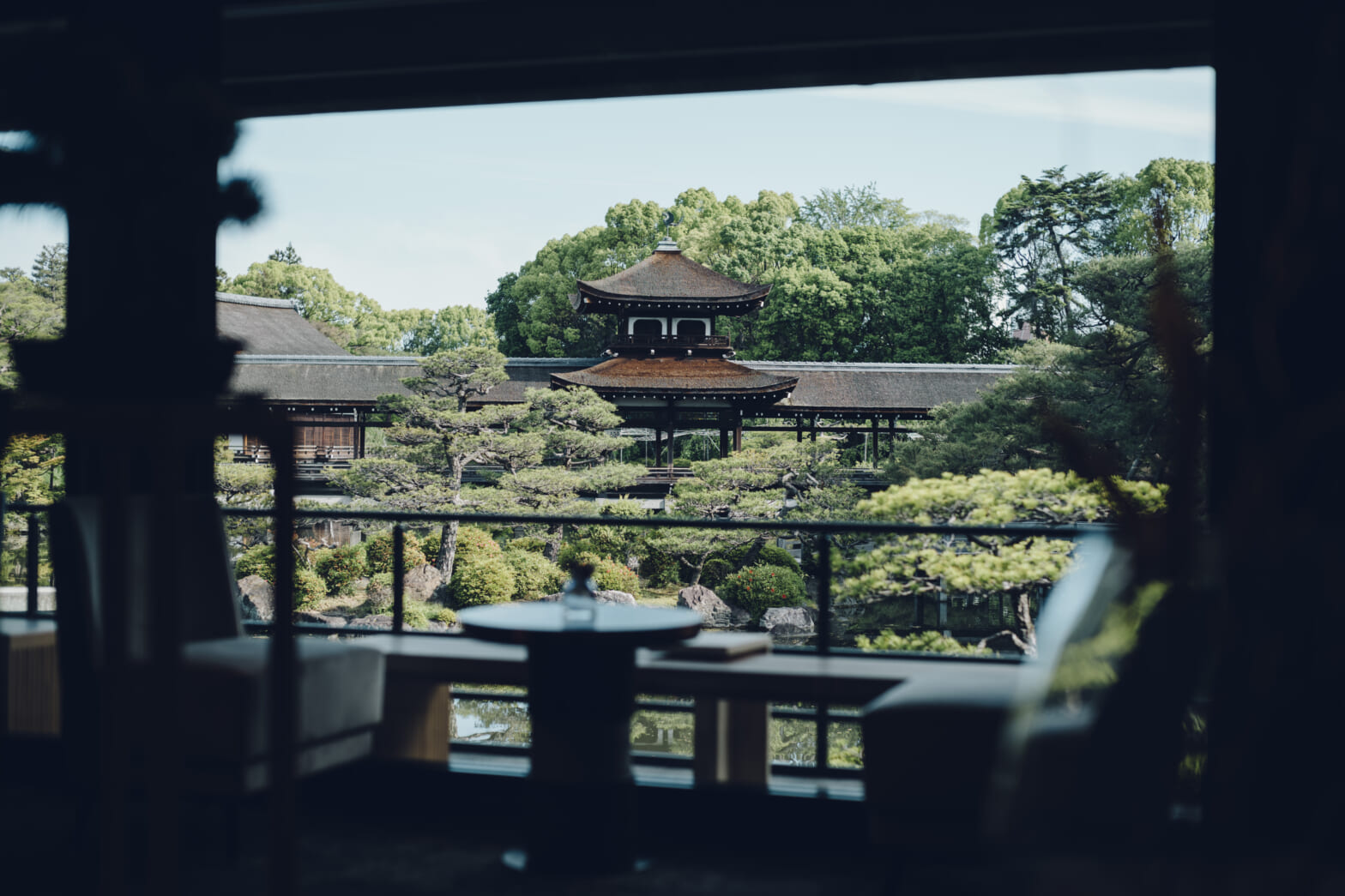
Table of Contents
- The Challenges of Preserving Historic Buildings
- Connecting Historic Buildings to the Future through Unique Venues
- Unique Venues of Japan
The Challenges of Preserving Historic Buildings
 As towns and cities change over time, historic buildings such as cultural properties that embody the essence of Japan are being demolished one after another, facing the risk of disappearing altogether. Under Japan’s system for Tangible Cultural Properties, buildings are classified and preserved based on their value as Registered Tangible Cultural Properties, Important Cultural Properties, and National Treasures. Among these, data shows that since around 2015, many Registered Cultural Properties that have surpassed 50 years of age and received a certain level of evaluation have been increasingly demolished. Why are these traditional buildings being lost today?
As towns and cities change over time, historic buildings such as cultural properties that embody the essence of Japan are being demolished one after another, facing the risk of disappearing altogether. Under Japan’s system for Tangible Cultural Properties, buildings are classified and preserved based on their value as Registered Tangible Cultural Properties, Important Cultural Properties, and National Treasures. Among these, data shows that since around 2015, many Registered Cultural Properties that have surpassed 50 years of age and received a certain level of evaluation have been increasingly demolished. Why are these traditional buildings being lost today?
There are two major reasons. The first is the shortage of caretakers responsible for maintaining these cultural properties due to factors like population decline and the aging of local residents. The second is the enormous cost required for preservation. Besides repair expenses, inheritance tax and fixed property tax also impose financial burdens. While some owners donate properties to local governments to reduce maintenance burdens, government subsidies can only cover so much. As the number of cultural properties under government ownership increases, it becomes difficult to cover maintenance costs, often resulting in valuable buildings being left vacant and neglected.
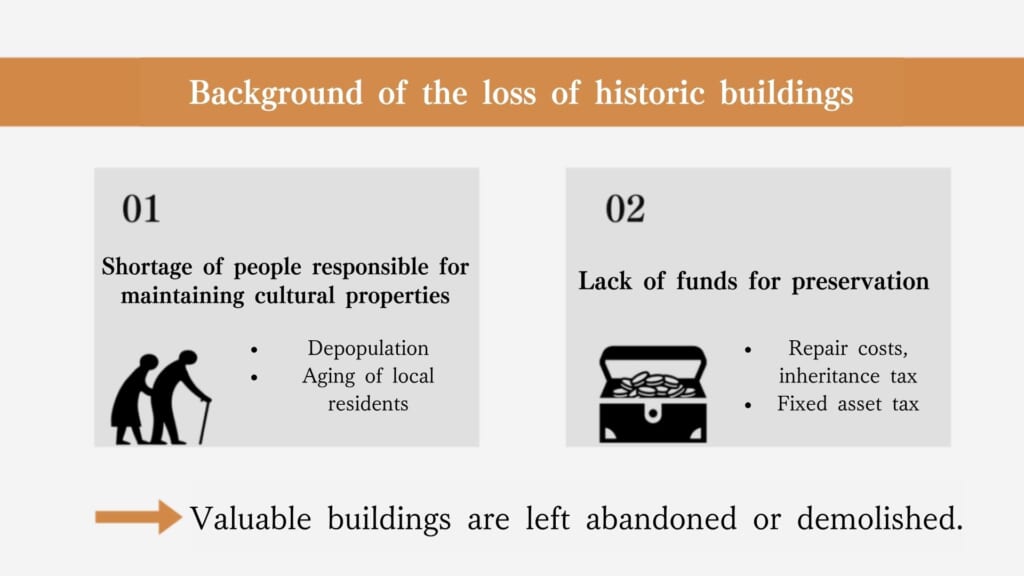
However, in recent years, there has been a growing movement to preserve and utilize historic buildings. The Cultural Properties Protection Act, revised in April 2019 (Heisei 31), shifted its focus from solely preserving cultural properties to promoting their preservation through active utilization. There is an increasing trend to use cultural properties in fields such as tourism and community development.
Amid this trend, did you know that Japan has begun a new initiative for preserving historic buildings through “Unique Venues”? The next chapter will introduce this concept of Unique Venues.
【References】
From Preservation to Preservation & Utilization of Cultural Properties — Japan’s Challenges and Regional Attractions Unleashed by Legal Revisions — Kokugakuin University
Repeated Demolition of Historic Buildings… What Can Be Done for Preservation and Revitalization — NHK Close-Up Gendai Full Report
Connecting Historic Buildings to the Future through Unique Venues
-What Are Unique Venues?
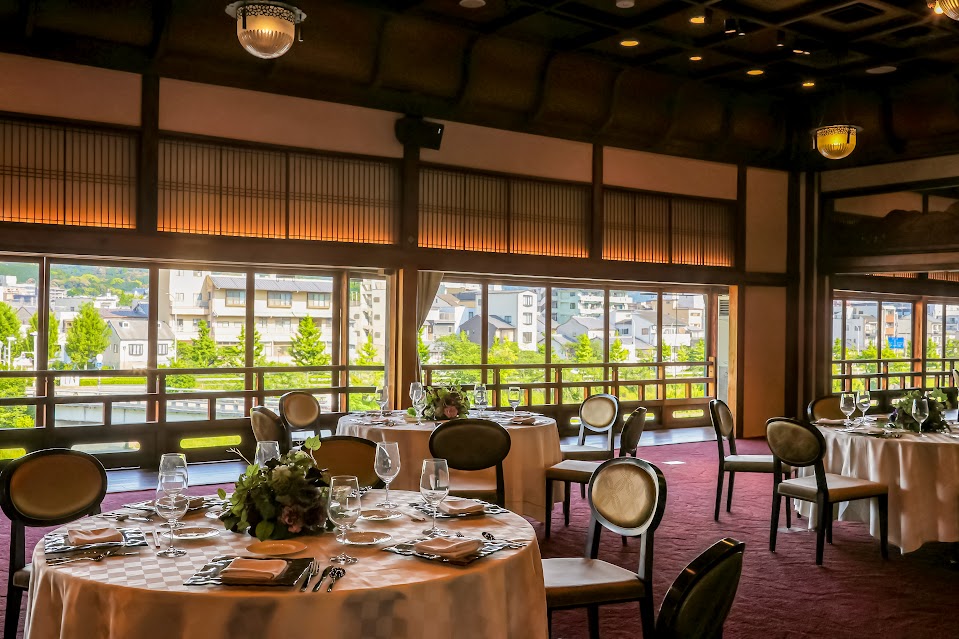 So, what exactly is a Unique Venue initiative? As the name suggests—Unique meaning special and Venue meaning place—it involves holding events in special locations to provide “one-of-a-kind experiences.” By hosting meetings, receptions, and events in extraordinary venues such as historic buildings, shrines and temples, castle sites, museums, and art galleries, this approach creates a sense of exclusivity and highlights the unique characteristics of the region.
So, what exactly is a Unique Venue initiative? As the name suggests—Unique meaning special and Venue meaning place—it involves holding events in special locations to provide “one-of-a-kind experiences.” By hosting meetings, receptions, and events in extraordinary venues such as historic buildings, shrines and temples, castle sites, museums, and art galleries, this approach creates a sense of exclusivity and highlights the unique characteristics of the region.
-Current Status of Unique Venues in Japan
While Unique Venues have already become a mainstream tool in Europe and North America, awareness and understanding of this concept remain limited in Japan. In 2020, the Agency for Cultural Affairs formulated the “Cultural Property Utilization and Awareness Promotion Strategy Program 2020” to promote cultural properties as valuable local and tourism resources. This program includes an action plan to actively hold cultural events utilizing cultural properties as Unique Venues, and efforts are currently underway to advance this initiative.
-Benefits of Utilizing Unique Venues

Utilizing historic buildings as unique venues offers significant benefits to the property owners. Not only does it increase the recognition and visibility of the building, but it also raises awareness of the value and charm of these cultural assets that have preserved tradition over time, thereby boosting efforts for their preservation. Additionally, income generated from venue usage fees can be used to support the maintenance and operation of the building.
Visitors, on the other hand, gain intellectual satisfaction by experiencing a special event in a unique setting and connecting with the cultural and historical background of the venue—an experience that can only be had at a unique venue. Especially for venues that showcase authentic Japanese culture, there is strong demand in attracting and hosting MICE (Meetings, Incentives, Conferences, and Exhibitions) events.
Furthermore, after the event, returning visitors are likely to revisit the region, contributing to increased tourism, raising the region’s profile, and generating positive economic ripple effects for the local community.
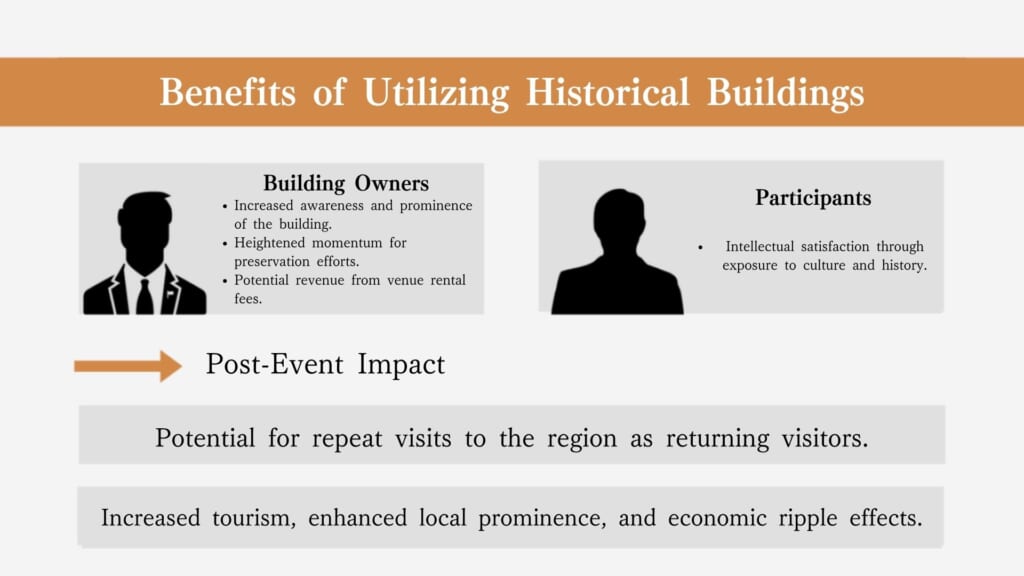
In this way, not only can the buildings themselves be preserved, but the regional branding can also be enhanced. When considering unique venues, an important perspective is that these special places—such as shrines, temples, and cultural properties—should not be treated merely as rental spaces. Rather, they require preservation and utilization efforts grounded in respect for their history, traditions, and the heritage they embody.
【Reference Material】
Agency for Cultural Affairs | Unique Venues Handbook Utilizing Cultural Properties
Unique Venues of Japan
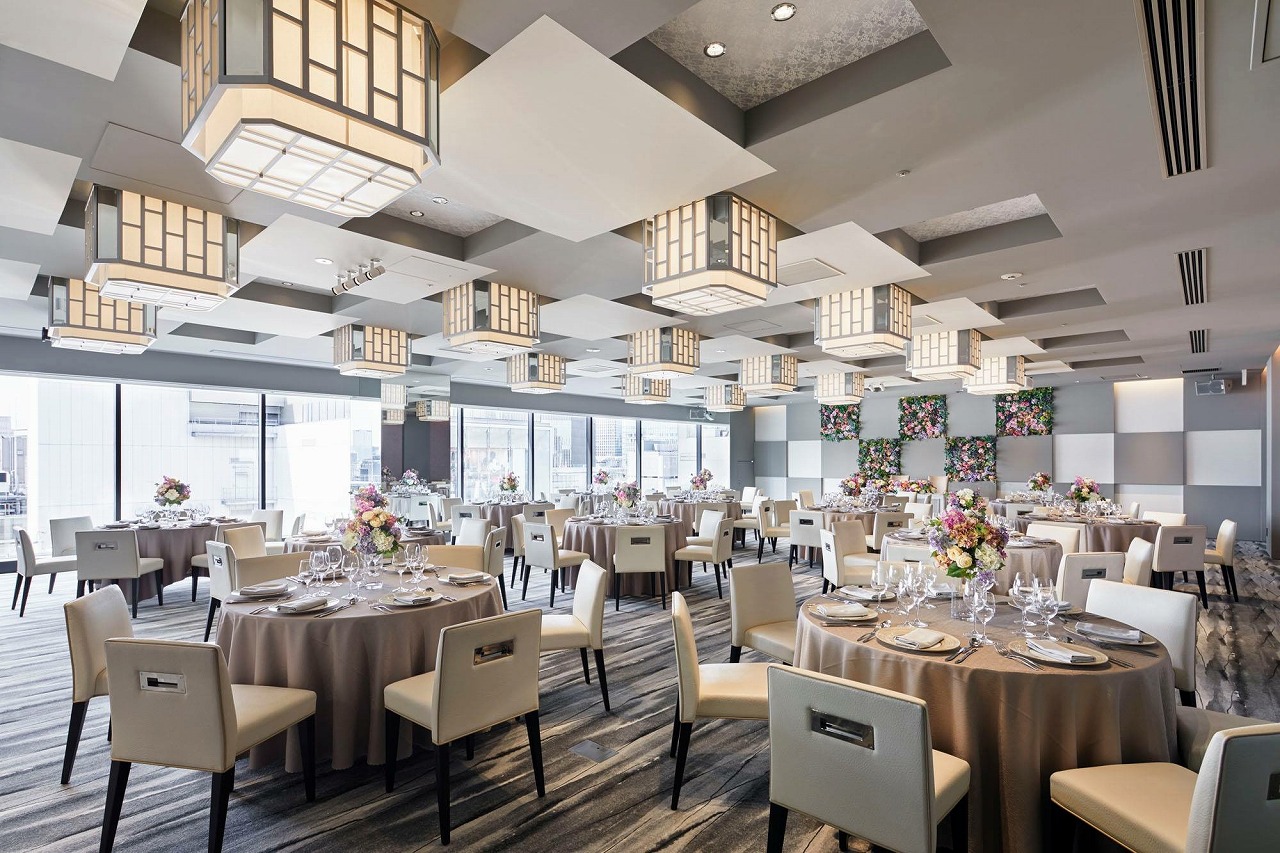
Up to this point, we hope you have gained a better understanding of Unique Venues. Finally, let us introduce UNIQUE VENUES OF JAPAN. This site is perfect for those who want to learn more about unique venues or who wish to consult with us directly.
UNIQUE VENUES OF JAPAN centrally collects carefully selected unique venue information from all over Japan, providing one-stop support from event planning at special locations to venue arrangements, preparation, and on-the-day operations. By sharing case studies and know-how about the use of unique venues both domestically and internationally, we aim to enhance the branding of the venues themselves and their regions, contribute to the preservation of local culture, and promote sustainable tourism.
~Examples of Featured Venues~
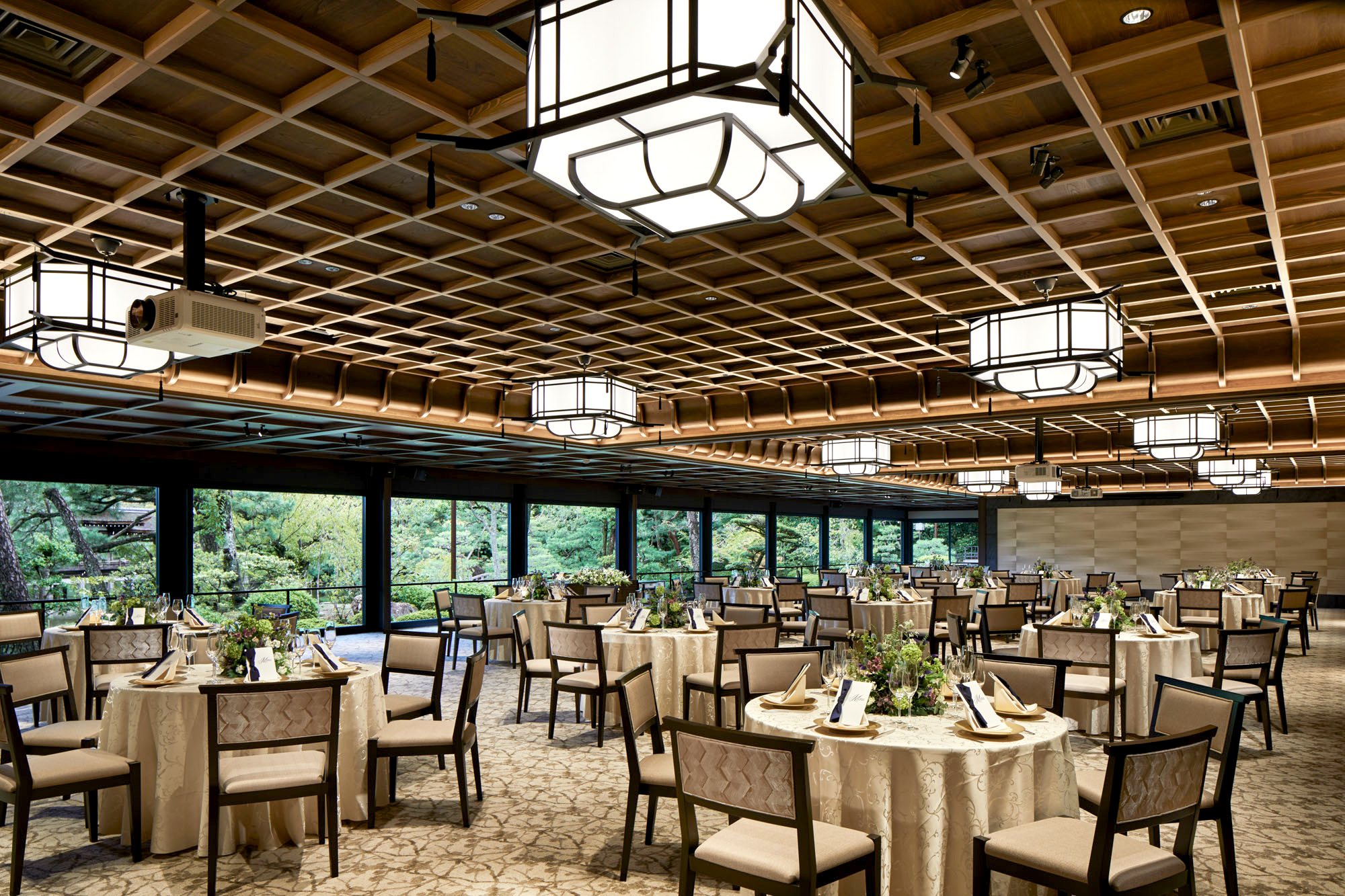
Heian Jingu Kaikan: Kyoto
Purpose: 50th Anniversary Party for a Global Company Founded in Kyoto
Capacity: Approximately 100 guests
This event was held to celebrate a major corporate milestone by inviting over 100 employees, business partners, and related stakeholders to a unique venue reflecting Kyoto’s character. The deciding factors for choosing the venue included comprehensive support from planning to event day, a special atmosphere befitting a significant milestone in Kyoto, the ability to accommodate over 100 guests, and the option to offer original menus expressing the company’s branding through customized cuisine. Upon entering Heian Jingu Kaikan, guests were impressed by the beautiful Heian Shrine gardens and carefully crafted dishes, creating a memorable and special experience for all participants.
The site’s key features are that it serves as an information platform promoting the use of uniquely Japanese venues such as historic buildings, cultural properties, and shrines or temples, and that it provides a one-stop service to handle all procedures on behalf of users. Properly utilizing unique venues involves many challenges and detailed regulations, making the process complicated. This complexity is one of the reasons why unique venues have not yet become widespread in Japan. UNIQUE VENUES OF JAPAN offers a one-stop service to manage these complex procedures efficiently.
For inquiries about listing your unique venue, please contact us here.
For inquiries about using a unique venue, please contact us here.
PLACE
Find a venue
Spend time with your loved ones,
at a one-of-a-kind location
where you can experience Japanese culture.


